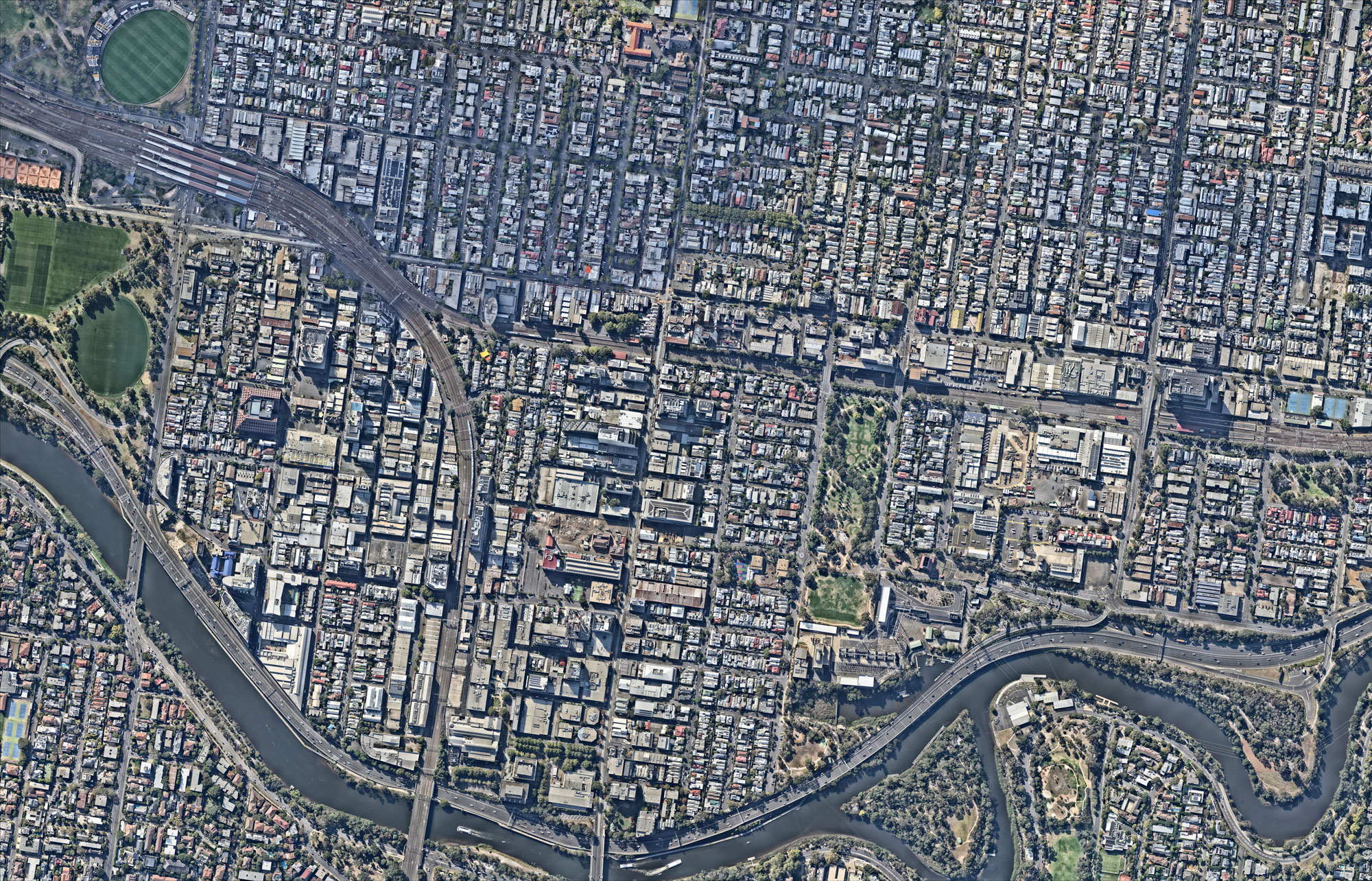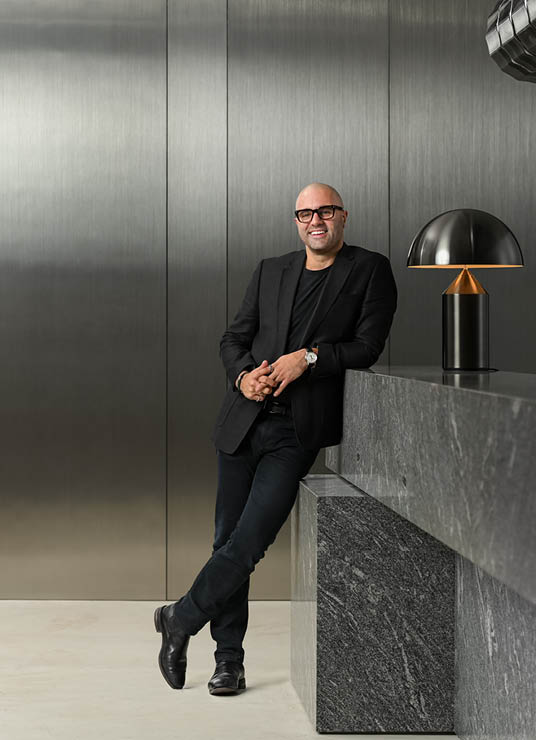Ideas
May 2025

Type
IdeasArticle by
Domenic Cerantonio
As I listened to our politicians deliver budgets earlier this year, I was overwhelmed by disappointment. Obviously, the majority of policy was informed by the COVID-19 pandemic and how we can best tackle a smooth recovery, which is understandable. However, it seems to me that the long-term vision for what we want Australia to look like in 2030 has fallen to the wayside to make room for band-aids. Where are the big ideas?
Ideas that can drive new jobs, productivity and sustainability for our economy and environment? Why are we not seriously entertaining nuclear energy to provide electricity to our cities? Why are we not taking driverless cars more seriously? Why are we not investing heavily into AI, robotics or blockchain technologies? Why are we not building a Hyperloop network to connect our cities?
In 2018, the ‘Sydney to Melbourne’ line was the third most travelled airline route in the world. The ‘Sydney to Brisbane’ route sat at number 18 and ‘Melbourne to Brisbane’ sat at number 34. These positions on a global list are quite remarkable considering Australia makes up just 0.3% of the world’s population.
For a long time, there has been discussion about high-speed rail between these locations as an alternative to air travel, however this proposition is archaic already. Given travel along our eastern seaboard holds some of the most frequent travel routes in the world, you would think Australian-owned, constructed, and managed Hyperloop networks would be seriously considered.
The idea of vacuum travel was first conceptualised over 200 years ago, however in 2012, Elon Musk restarted the conversation by proposing a route between LA and San Francisco. Since then, the concept has been further developed by various companies and institutions and, in November 2020, the Virgin Hyperloop completed the world’s first passenger ride on a super high-speed magnetic levitating pod system which has the ability to reach super high speeds all whilst being nearly silent.
This technology could completely open up the eastern coast of Australia by slashing travel times for passengers. The travel time could be as short as 33 minutes from Adelaide to Melbourne, then 23 minutes to Canberra, then 14 minutes to Sydney, then 37 minutes to Brisbane. This would have a monumental impact on life in general but, in particular, regional Australia could see a huge influx (even more so than that driven by the pandemic) of people who could then still have the ability to travel into their metropolitan hubs for work without lengthy travel times.
It would create new jobs, increase productivity, and drive new business between the states. More importantly it would be beneficial to the environment in its potential to reduce airline and vehicular transport that emits fossil fuels into the atmosphere. There would be an increase in property prices along the routes and drive opportunity to develop new town centres that could be focused on sustainability, zero-carbon and green energy. We could also explore the other technologies in these centres, such as AI and robotics as we strive to build a cleaner, more advanced Australia.
Perhaps Alan Joyce and the team at Qantas could be exploring these all-round more efficient modes of transport, not as competition but as an opportunity to expand their network. Qantas has the infrastructure and the ability to undertake this and it is consistent with the company’s core values of connecting Australians with one another.
Other big ideas that appear to have been neglected or shrouded in catchphrases and token gestures are in relation to sustainability. Docklands stood as an international example in the arena of sustainable water practices and urban renewal with its stormwater harvesting system. In this project, water management became a part of the urban fabric via the use of small areas of wetland and raingardens, as well as the integration of bioretention systems and stormwater reuse and storage systems. More thoughtful and innovative designs like Docklands can help create green spaces for communities, while reducing the urban heat island effect.
The urban heat island effect, whereby the proliferation of dark, paved surfaces in cities absorb the sun’s heat and hold onto it for longer, meaning that cities take longer to cool down, is only going to get more extreme as climate change drives more intense and erratic flares in temperature. Green spaces are vital to mitigating this. But it isn’t just about planting trees, it’s about looking towards innovative solutions like Docklands.
Vertical farming is another area that our increasingly dense urban spaces can take advantage of. This modern method of farming places less pressure on water and land availability than greenhouses and some other more traditional agricultural methods and negates the usual long-distance routes produce goes through and the cooling methods involved.
All of these approaches, from overhauling our transport system to the above sustainability measures, take a long-term vision that require innovative thinkers and smart design. They are not reactive, short-term solutions. More investment, both financially and timewise, needs to be placed into the research and trialling of new innovative solutions that can pave the way for long-term solutions. It would be inspiring to see some of our country’s leaders, political and corporate, tackle the Big Ideas and become true innovators to ensure and secure our prosperity into 2030 and beyond.